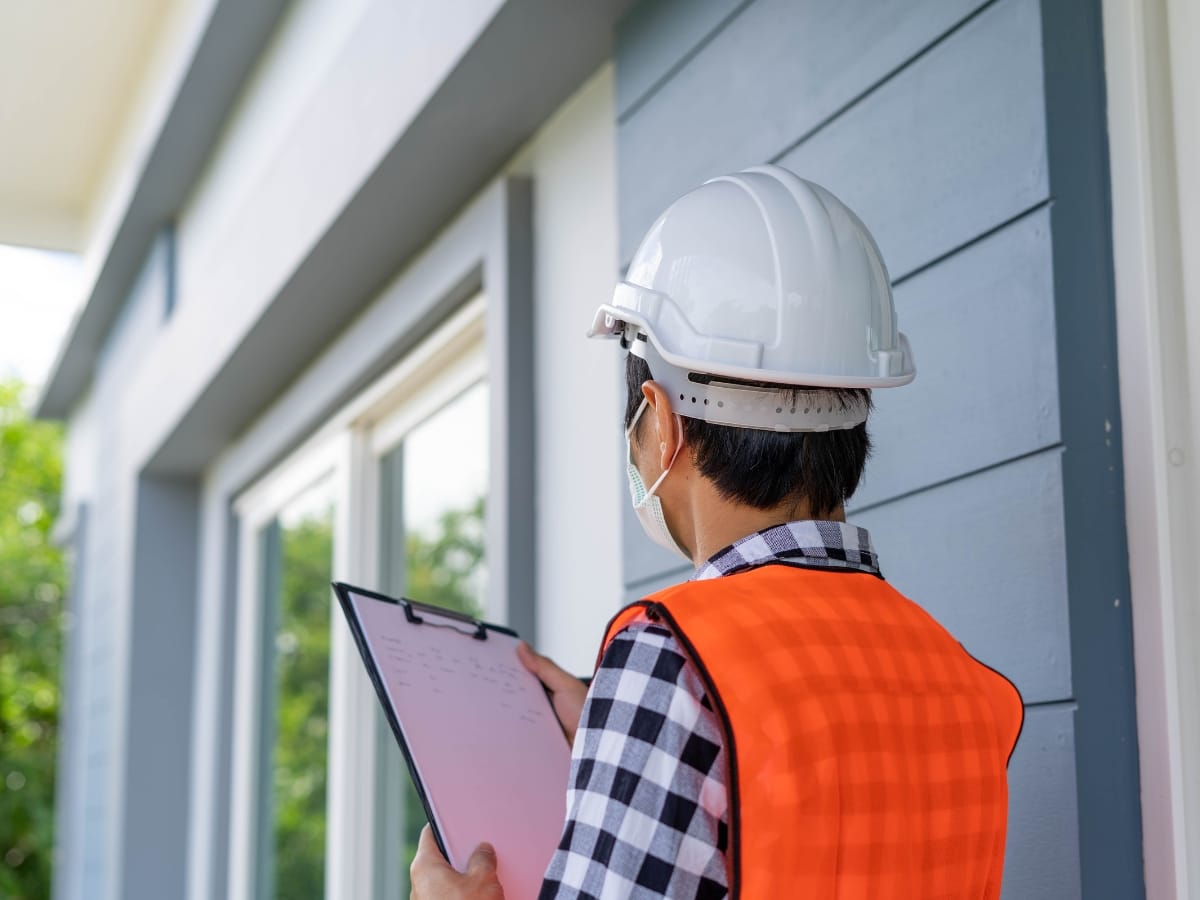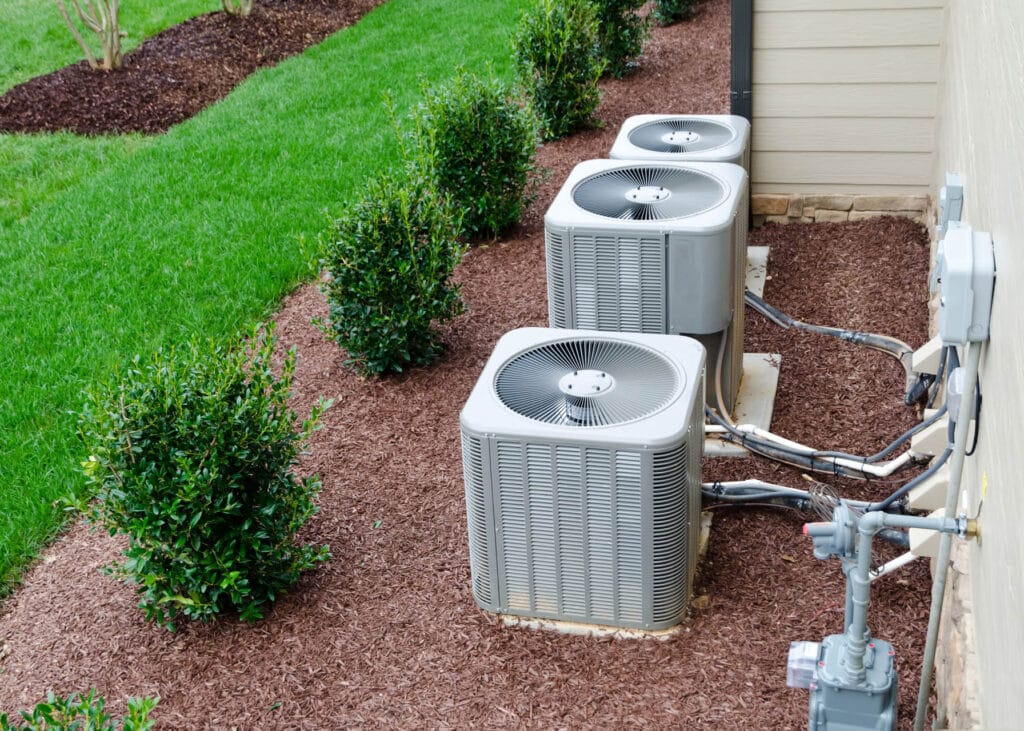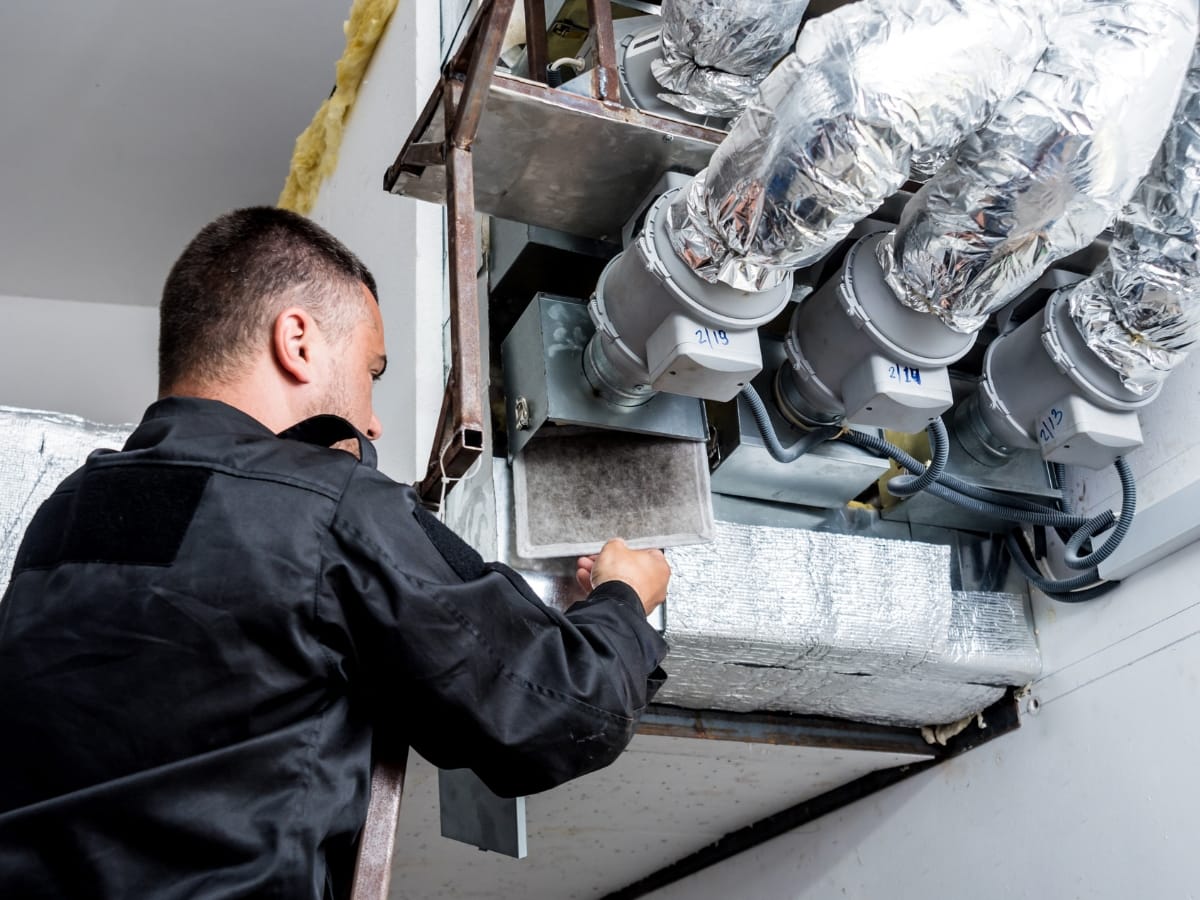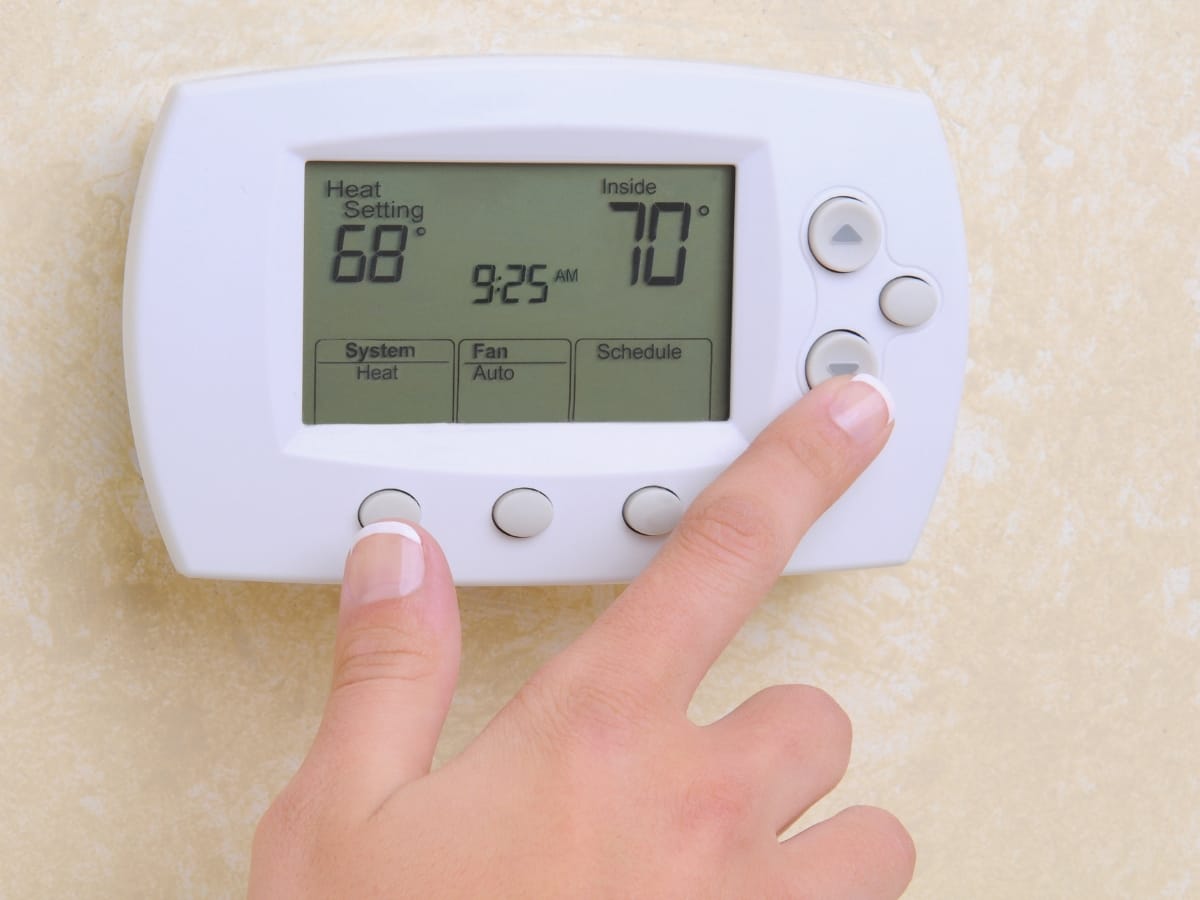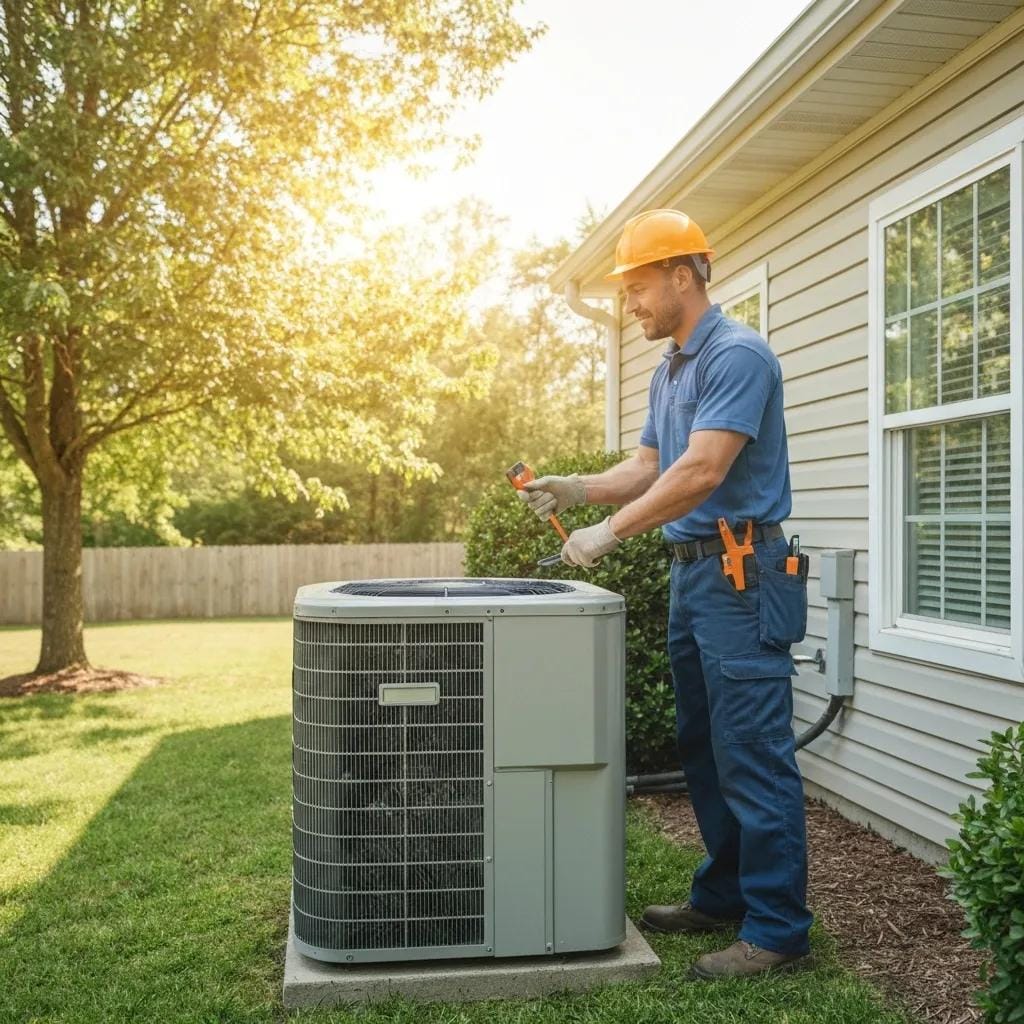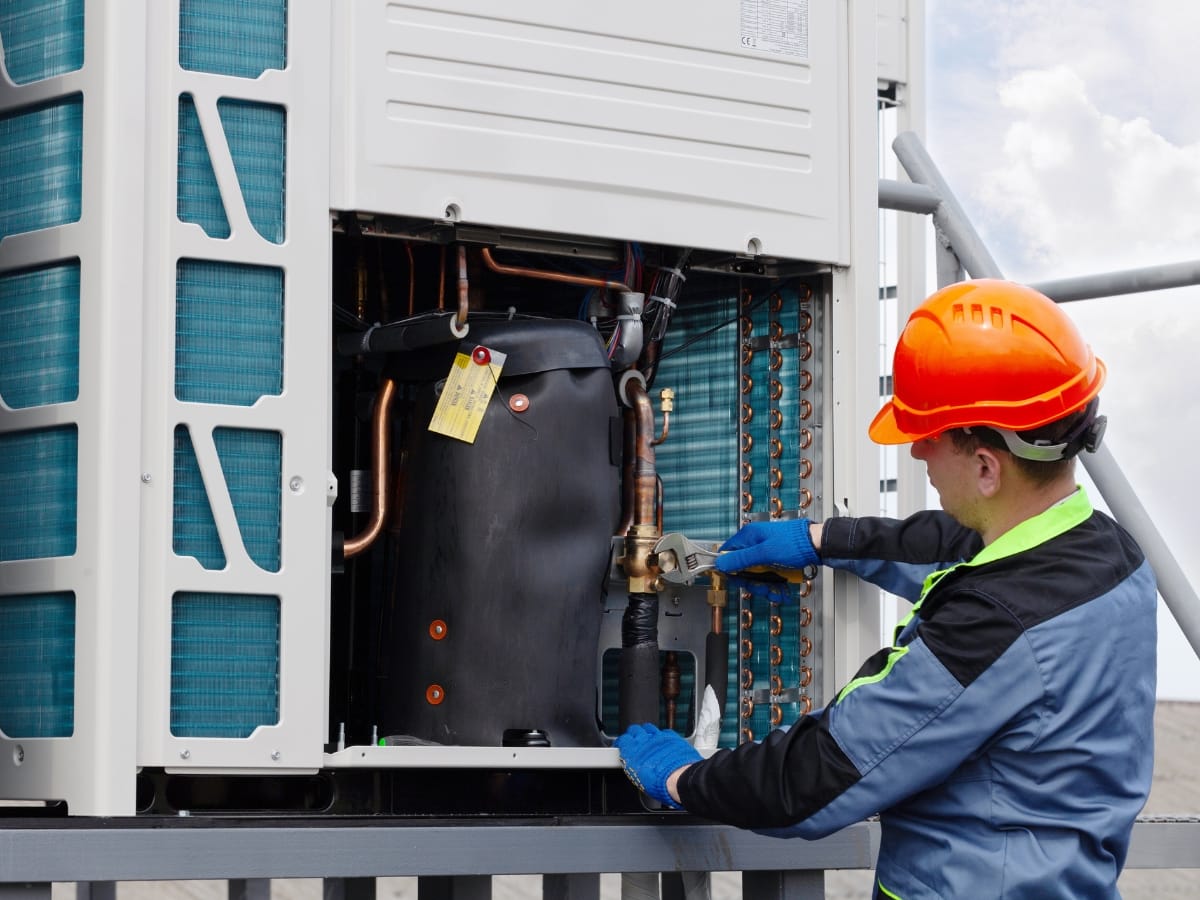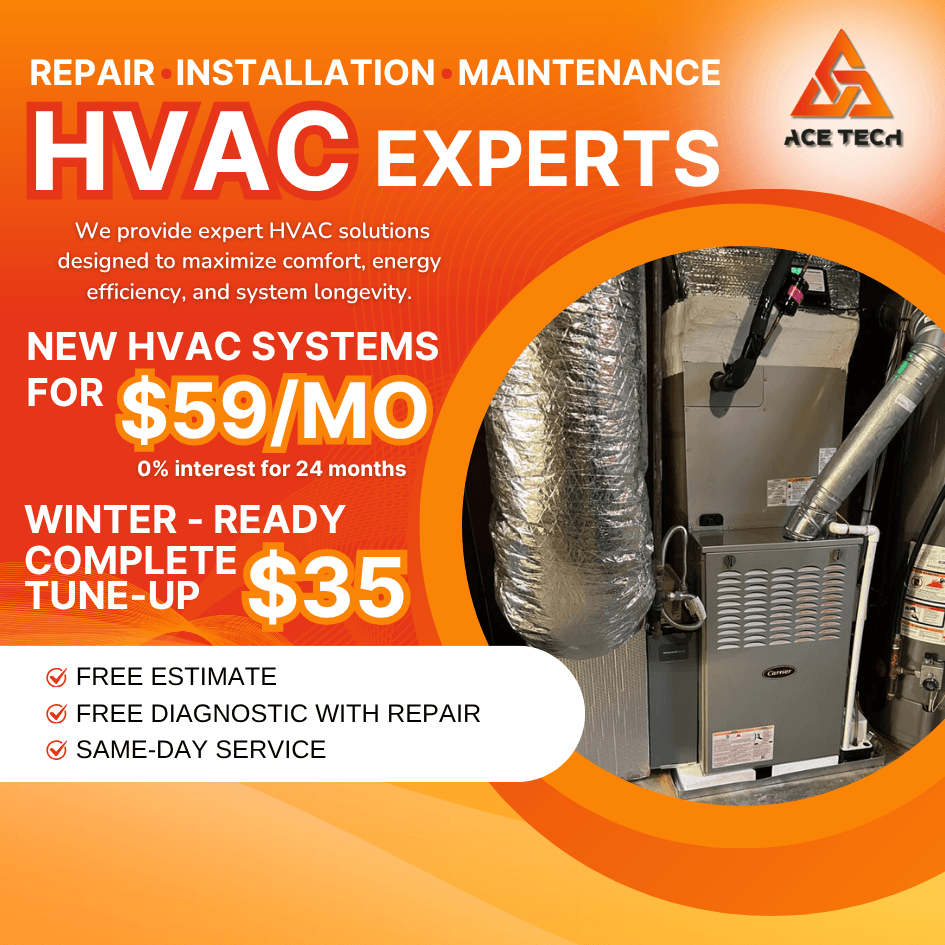As summer fades and the school year begins, fall is the perfect time to give your HVAC system some much-needed attention. With cooler temperatures on the horizon, ensuring your heating and cooling systems are in top shape can improve efficiency, lower energy bills, and prevent costly mid-winter breakdowns. In this guide, we’ll walk you through an essential HVAC checklist for fall—from replacing air filters to inspecting ductwork—so you can keep your home comfortable all season long while staying focused on back-to-school chaos.
Don’t Skip This Fall HVAC Checklist Before Temps Drop
What Are the Key HeatingSystemMaintenance Tasks for Fall?
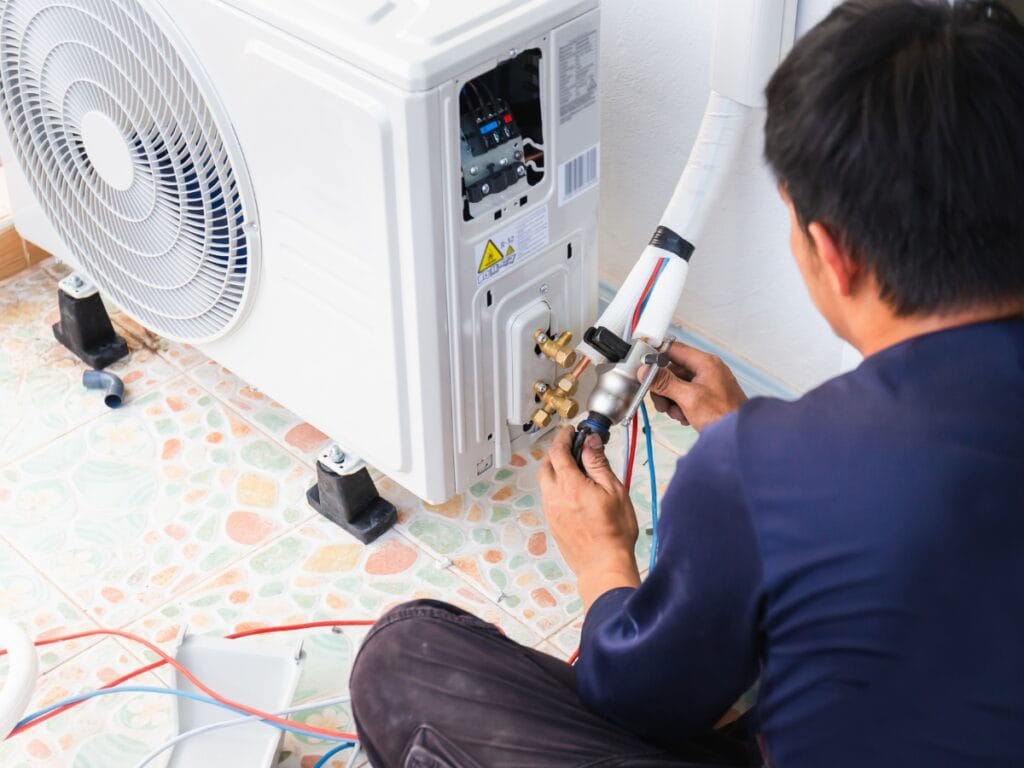
During fall, a thorough inspection and service of your heatingsystem is vital. This involves checking and replacing furnace filters, inspecting furnace burners and heat exchangers, testing the blower motor, and verifying all gas connections to ensure safe, efficient operation during winter.
How Do You Check and Replace Furnace Filters?
Furnace filters capture dust, debris, and allergens before they enter the furnace, thereby improving air quality and systemefficiency. To check filters, locate the filter compartment (usually near the return air duct), remove the filter, and examine its condition. A filter coated in dust or debris should be replaced. Experts suggest checking filters monthly during heavy use and replacing them at least every three months. Doing so prevents dirt buildup, reduces airflow resistance, and helps maintain proper combustion and energyefficiency.
What Should Be Inspected in Furnace Burners and Heat Exchangers?
Inspecting burners and heat exchangers is crucial for preventing hazards like carbonmonoxide leaks. Look for soot, debris, or irregular flame patterns that may indicate malfunction. The heat exchanger must be free from cracks or corrosion to ensure efficient heat transfer. Using specialized tools to measure temperature differences and confirm a steady, blue flame is recommended. An annual inspection by a professional can catch early signs of wear, extending the system‘s lifespan.
How to Test the Furnace Blower Motor for Proper Operation?
The blower motor circulates warm air and must function properly for even heat distribution. Listen for unusual sounds like humming, squealing, or grinding, and check for reduced airflow at vents. If issues are evident, schedule a service call to prevent motor failure and higher energy bills. Regular lubrication of motor bearings and clearing debris from fan blades further prolong consistent performance.
Why Is Checking Gas Connections Important Before Winter?
Inspecting gas connections is a critical safety step to prevent leaks, fires, and carbonmonoxide poisoning. Check for loose fittings, corrosion, or damage, and use a soapy water solution to detect leaks by looking for bubble formation. Certified HVAC technicians should perform regular checks to ensure all joints and valves are secure, safeguarding the home during the winter months.
How Should Homeowners Prepare Their Air Conditioning Systems for Fall?
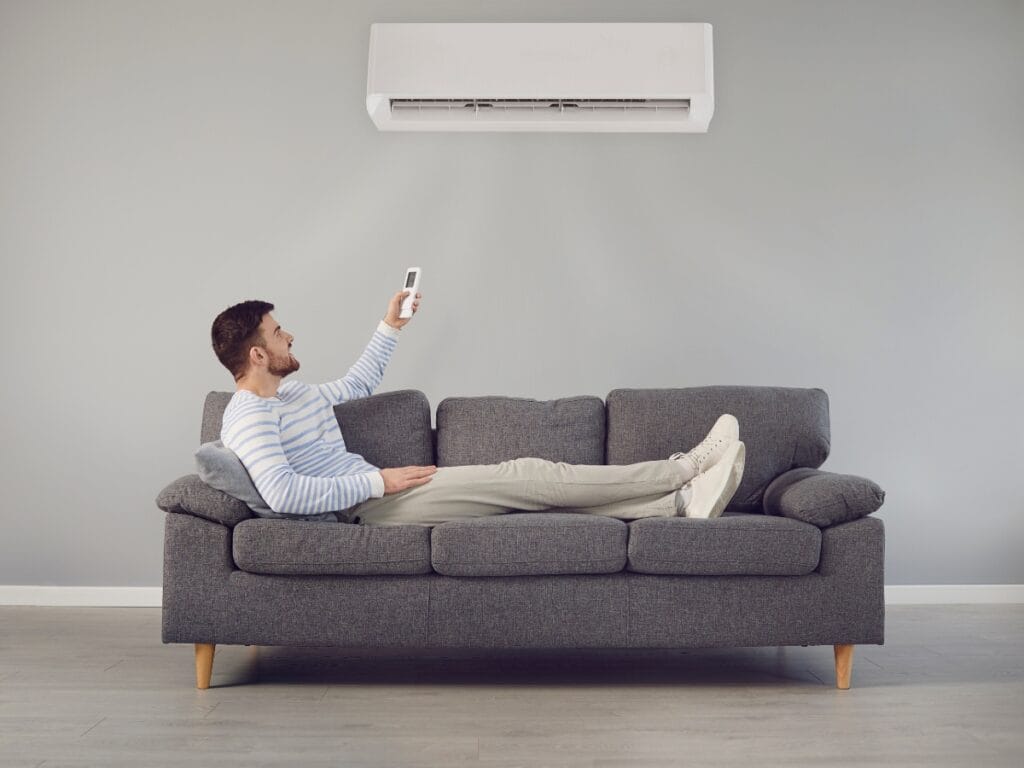
Even though heating is the focus in fall, preparing your air conditioningsystem is still important. Taking care of the outdoor AC units and internal components ensures smooth operation during unexpected warm spells and maintains overall systemefficiency.
What Steps Are Involved in Inspecting Outdoor AC Units?
Begin by removing debris such as leaves, twigs, or dirt from the condenser coil area. Check for rust or damage to the frame or fins and gently clean with a soft brush or low-pressure hose. Ensure there is adequate clearance around the unit to allow proper airflow. Professional technicians may also inspect refrigerant lines for leaks during this process.
How to Clean Condenser Coils for Optimal Performance?
Dust and debris on condenser coils reduce heat exchange efficiency. First, power off the unit, then use a vacuum or brush attachment to remove loose debris. For stubborn grime, apply a coil cleaner as directed by the manufacturer and rinse with low-pressurewater. Clean coils improve heat transfer and reduce energy consumption, prolonging system life.
Why Is Checking Refrigerant Levels Critical in Fall?
Proper refrigerant levels are essential for efficient cooling performance. Low or fluctuating refrigerant can signal leaks or inefficiencies. Technicians use pressure gauges to compare actual levels with manufacturer specifications. If a leak is detected, timely repairs are necessary to maintain cooling efficiency and prevent compressor stress, ultimately reducing energy costs.
How to Inspect Electrical Connections in Air Conditioning Systems?
Visual inspection of wiring and connections is important to spot signs of wear, corrosion, or loose contacts. A non-contact voltage tester can identify potential risks. Clean and secure electrical terminals prevent intermittent power loss or short circuits. Periodic checks by a qualified HVAC technician can uncover hidden issues and ensure reliable operation.
What Is the Importance of Ductwork Inspection and Cleaning in Fall HVACMaintenance?
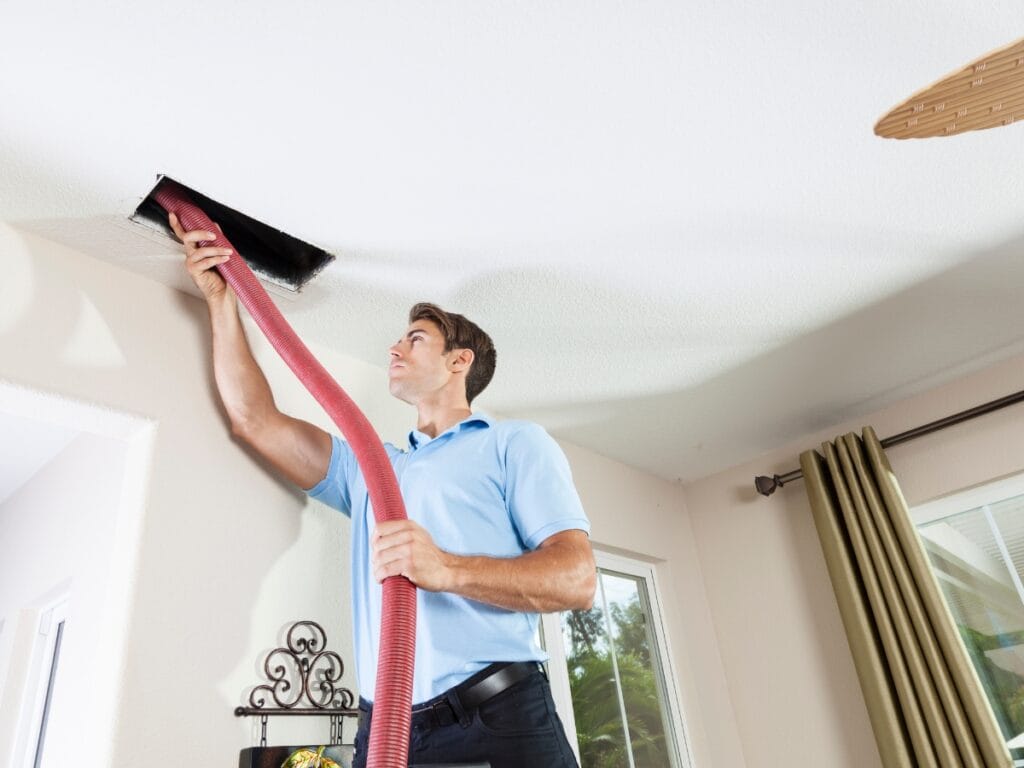
Ductwork serves as the highway for conditioned air, and its condition directly affects both comfort and energy bills. During fall maintenance, inspecting ducts for proper sealing and clean interiors ensures that warm air reaches every room without unnecessary loss. Over time, joints loosen and connections can pull apart, allowing heated air to escape into attic or crawlspace areas. At the same time, dust and debris accumulate on duct interiors, creating resistance that forces the blower to work harder. A thorough inspection identifies these problems early, so corrective steps can restore peak system efficiency and help maintain healthier indoor air.
How to Identify and Repair Duct Leaks and Damage?
Detecting leaks starts with a visual sweep of all accessible sections, looking for visible gaps or disconnected seams. To find hidden leaks, a simple smoke pencil or incense stick can reveal air currents near suspect areas. Alternatively, a duct pressure test—often performed by HVAC professionals—measures loss rates under controlled conditions. Small tears and separations can be sealed with mastic sealant or UL-approved foil tape, both of which bond well to metal and flexible ducts. If sections are crushed, badly corroded or poorly insulated, replacing those runs will deliver the greatest long-term benefit, avoiding repeated patch jobs and ensuring airtight performance.
Timing Professional Duct Cleaning
While changing filters and vacuuming registers are tasks most homeowners tackle, comprehensive duct cleaning requires specialized equipment to reach deep inside trunks and branch lines. Fall is an ideal time for this service, since removing accumulated dust, pet dander, pollen and potential mold spores before the heating season starts prevents those particles from circulating through the home. Technicians use high-powered vacuums and rotating brushes to dislodge debris and capture it in sealed containers, rather than allowing it to settle back into the system. For households with allergy sufferers or indoor pets, professional cleaning every three to five years can make a noticeable difference in air quality and system longevity.
Maintaining and Replacing Air Filters
Air filters are the first line of defense against airborne contaminants, and their condition has an outsized impact on HVAC performance. A clogged filter restricts airflow, causing the system to run longer and consume more energy to maintain the same temperature. During fall, replace standard 1-inch filters every month, or switch to higher-capacity pleated filters that capture finer particles and last up to three months. Homes with multiple occupants or pets may require more frequent changes. By maintaining clean filters, homeowners reduce dust settling on duct walls, protect blower motors from strain, and ensure that the warm air distributed throughout the home remains as clean as possible.
How Can Thermostat Checks and Calibration Improve HVACEfficiency?
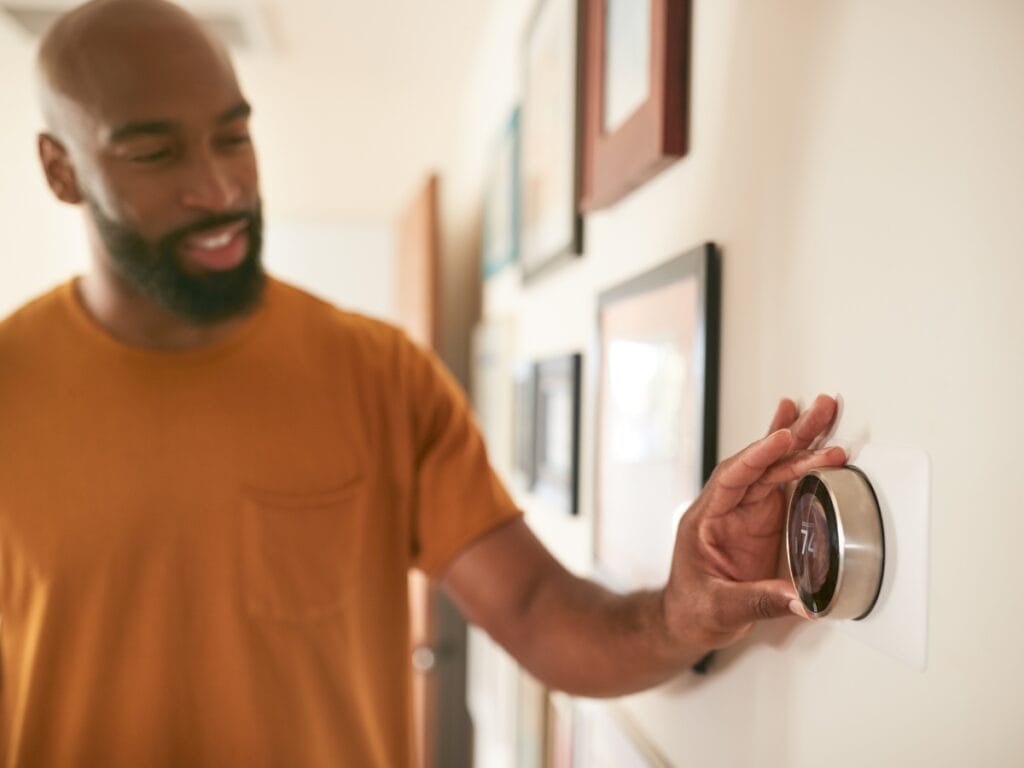
A properly functioning thermostat controls when your heating system runs and for how long. If the thermostat reads temperatures incorrectly, your HVAC unit may cycle on and off too often or run longer than necessary. This not only drives up energy costs but also places extra wear on system components. Fall is a critical time to confirm that temperature readings and programmed schedules align with your household’s comfort needs before the heating season begins.
Verifying Thermostat Accuracy
Begin by comparing the temperature displayed on the thermostat with a reliable room thermometer. Place the thermometer next to the thermostat sensor and wait about ten minutes for both to settle. If the readings differ by more than two degrees, the thermostat may require adjustment or calibration. Next, review your programmed settings to make sure “setback” periods—times when the temperature automatically lowers while the home is unoccupied or overnight—match your actual schedule. Fine-tuning these schedules can save up to 10 percent on heating costs over winter.
Calibrating a Non-Smart Thermostat
Many basic thermostats include a small calibration screw or a built-in adjustment mode. To access it, turn off power at the breaker, remove the thermostat cover, and locate the calibration control. Adjust in small increments, then replace the cover and restore power. After another comparison with your reference thermometer, confirm that the displayed temperature now matches the actual room temperature within one degree. If your thermostat lacks an adjustment feature or continues to misread, consider replacing it to avoid ongoing inefficiency.
Maintaining Programmable Features
If your unit offers daily or weekly programming, revisit each time slot and adjust for daylight savings or changing household routines. For example, lowering the set point by 5 degrees for eight hours can cut heating costs by nearly 5 percent. Ensure weekend schedules reflect any differences in occupancy, and disable or simplify settings that are no longer relevant. A well-managed programmable thermostat reduces unnecessary run time without sacrificing comfort.
What EnergyEfficiency Tips Should Homeowners Follow During Fall HVACMaintenance?
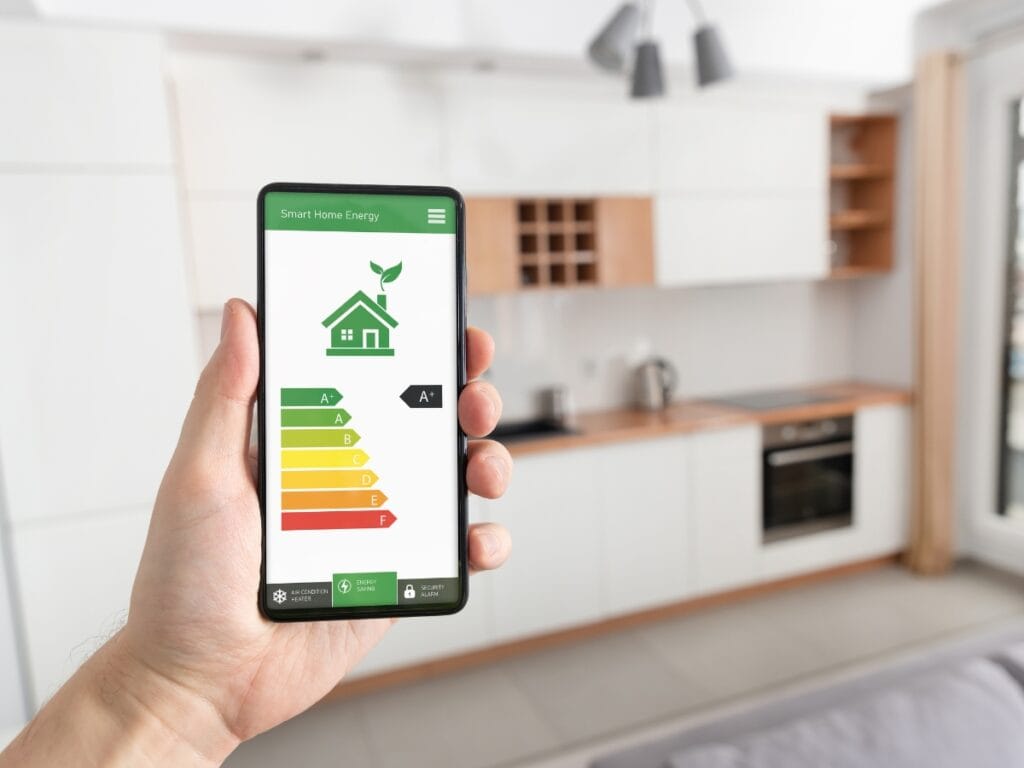
Energyefficiency is essential as systems switch from cooling to heating. Simple actions like sealing air leaks, improving insulation, and smart thermostat programming can make a big difference in energy savings and system longevity.
How Does Sealing Air Leaks Help Reduce Energy Bills?
Air leaks around windows, doors, and ductwork cause your HVAC system to work harder to maintain desired temperatures. Using weather stripping, caulk, and sealants to close these gaps reduces energy loss and helps maintain consistent indoor comfort. Proper sealing is an effective and affordable way to lower heating and cooling costs.
Why Is Home Insulation Important for HVACEfficiency?
Good insulation reduces the rate of heat transfer between the interior and exterior, ensuring that your HVAC system isn’t overburdened. Inadequate insulation leads to drafts and uneven temperatures, driving up energy consumption. Upgrading insulation—especially in older homes—improves efficiency, reduces operating costs, and enhances overall comfort while also limiting environmental impact.
How Can Programming Your Thermostat Save Energy?
Programming your thermostat to mirror your daily schedule prevents unnecessary HVAC operation. Lowering the temperature when the home is empty or during the night saves energy and reduces wear and tear on the system. Customizable scheduling features on modern thermostats allow for seasonal adjustments that optimize energy use and lower utility bills.
How Can Indoor Air Quality Be Improved During Fall HVACMaintenance?

Maintaining good indoor air quality becomes especially important in fall, when homes are closed up and heating systems run more often. Without proper attention, dust, allergens, and pollutants can build up in the air you breathe. By combining routine HVAC maintenance with targeted air-quality strategies, you can keep your home comfortable and healthy throughout the cooler months.
The Role of Air Filters in Fall Air Quality
Air filters trap dust, pollen, pet dander, and other airborne particles before they circulate through your ductwork. Over time these filters become clogged, forcing your heating system to work harder and allowing trapped debris to be released back into your living space. Replacing filters every one to three months—depending on the type of filter and how many occupants or pets you have—ensures that the system continues to capture contaminants effectively. A clean filter not only improves air quality but also helps maintain proper airflow, reducing energy use and extending the life of your furnace or heat pump.
How Air Purifiers Complement Your HVAC System
While your HVAC filter handles larger particles, a standalone air purifier adds another layer of protection by targeting finer pollutants and volatile organic compounds (VOCs). Purifiers equipped with HEPA or activated-carbon filters can remove odors, smoke, and chemical off-gassing that often go unchecked in ducted systems. Placing a unit in high-traffic areas or near bedrooms can noticeably reduce allergy symptoms and improve overall comfort. For households with asthma or severe allergies, an air purifier helps capture microscopic irritants that even the best HVAC filters might miss.
Controlling Humidity for Health and Efficiency
Fall weather brings fluctuating humidity levels: hot, humid days followed by dry, chilly evenings. Indoor humidity that falls below 30 percent can aggravate respiratory issues, dry out skin, and increase static electricity. Conversely, humidity above 50 percent creates an environment where mold and dust mites flourish.
Use a simple hygrometer to track your home’s humidity and adjust it as needed. A portable humidifier can add moisture on dry days, while a dehumidifier or improved ventilation in bathrooms and kitchens prevents excess dampness. Keeping humidity in the 30–50 percent range supports comfortable breathing, reduces strain on your HVAC system, and protects your furnishings from moisture-related damage.
Additional Fall Air-Quality Recommendations
In addition to filters, purifiers, and humidity control, consider a few other steps to keep your air clean. Vacuum carpets and upholstery with a HEPA-equipped vacuum to remove settled dust. Wipe down hard surfaces with a damp cloth to prevent dust from re-entering the air. Whenever possible, open windows briefly on mild days to let fresh air in and flush out indoor pollutants. Finally, schedule your annual HVAC tune-up—technicians will inspect ductwork, clean coils, and check for hidden leaks that can draw in dust and reduce system efficiency.
What Safety Checks Are Essential in Fall HVACMaintenance?
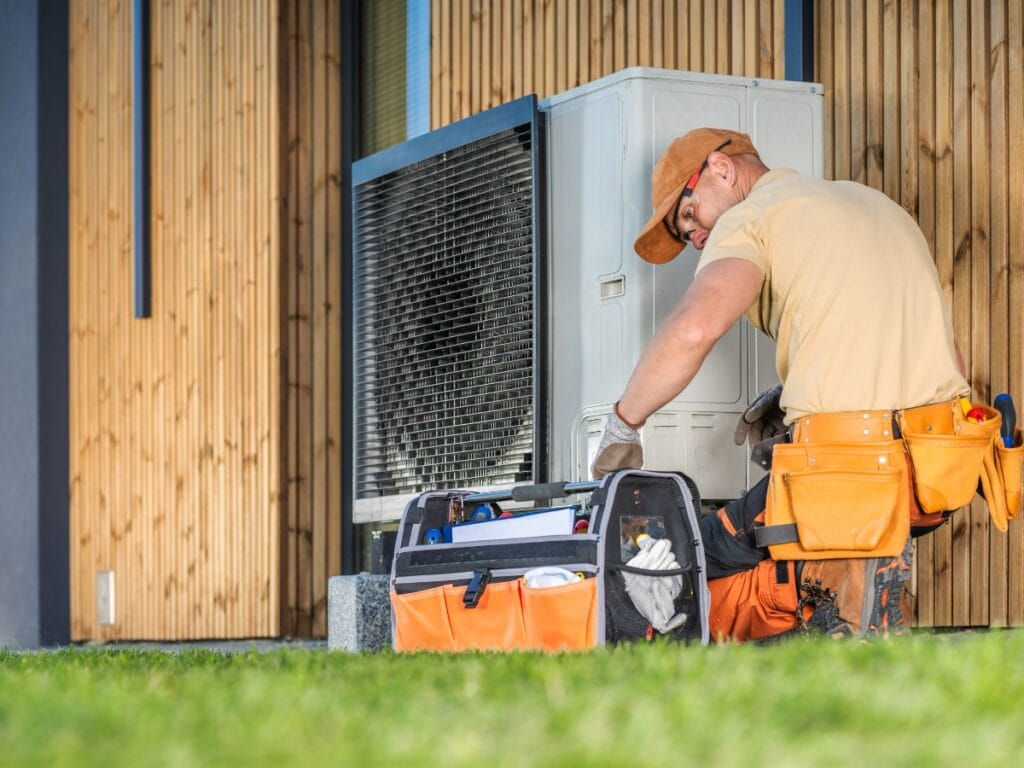
As HVAC systems switch from cooling to heating, safety inspections become just as important as efficiency checks. Verifying the integrity of combustion components, gas connections, and ventilation pathways helps prevent dangerous leaks and ensures clean indoor air throughout colder months.
Testing Carbon Monoxide Detectors
Carbon monoxide is an odorless, colorless gas that can accumulate silently if a heating system malfunctions. To confirm each detector works, press its test button and listen for a firm, uninterrupted alarm tone. If a smart-enabled model is installed, verify that it still sends notifications to connected devices. Detectors typically have a service life of five to seven years, so replace any unit beyond that age. Keeping detectors functional is a simple step that provides vital protection for every household member.
Inspecting Gas Lines for Leaks
A clear smell of gas near appliances or a hissing noise along pipes are unmistakable warning signs. Examine all visible piping and connection points for corrosion, loose fittings, or discoloration. A soapy-water solution applied by hand can reveal minor leaks when bubbles form at a joint. Any suspicion of a leak should prompt immediate evacuation of the area and a call to a qualified technician or gas provider. Regular professional inspections minimize the chance that small issues evolve into emergency situations.
Verifying Proper Ventilation and Flue Operation
Exhaust vents and flues channel combustion byproducts safely outdoors. Before the heating season begins, visually inspect these pathways for obstructions such as leaves, nests, or debris. Confirm that vent caps align correctly with their collars and that joints remain securely fastened. Poor ventilation can lead to carbon monoxide back-drafting or allow moisture to condense inside the system, encouraging corrosion. Ensuring clear, direct airflow supports both safety and consistent heating performance.
Checking Heat Exchanger and Burner Components
Over time, the heat exchanger can develop cracks that allow combustion gases to mix with indoor air. During a fall tune-up, a technician will use combustion analysis tools to verify proper flame patterns and gas-to-air ratios. Burners should ignite cleanly and burn with a steady blue flame; yellow tipping or flickering flames may indicate debris buildup or a failing gas valve. Addressing these issues early prevents unsafe operation and extends the life span of the heating system.
Ensuring Electrical Safety and Control Integrity
Heating cycles rely on safe electrical connections and properly calibrated controls. Inspect wiring for signs of wear, fraying, or rodent damage. Tighten any loose terminals and confirm that control boards and thermostats communicate accurately. Faulty wiring or unreliable controls can produce unexpected shutdowns or prevent safety switches from operating, posing both comfort and risk factors.
Frequently Asked Questions
Q: How often should I schedule an HVACinspectionin the fall? A: Schedule a professional HVAC inspection at least once a year, ideally in early fall. This covers key areas like furnace filters, burner cleanliness, ductwork, thermostat calibration, and overall system safety.
Q: Can homeowners perform most HVACmaintenance tasks themselves? A: Many tasks, such as replacing air filters, cleaning condenser coils, and checking thermostat settings, can be done by homeowners with basic instructions. However, tasks like inspecting burners, calibrating thermostats, and repairing duct leaks are best left to professional HVAC technicians for safety and optimal performance.
Q: What are the benefits of upgrading to a smart thermostatfor fall maintenance? A: A smart thermostat offers automated scheduling, remote control, and energy-use insights, which help ensure systems run only when needed. This improved control can lower utility bills and provide enhanced comfort.
Q: How do sealed ductwork and proper insulation impact energyefficiency? A: Sealed ducts prevent loss of conditioned air, while proper insulation reduces heat transfer with the outdoors. Together, these measures enhance overall HVAC efficiency, reduce energy consumption, and lower utility bills.
Q: What are the signs that my HVAC systemmay require professional repair? A: Warning signs include unusual noises from the furnace or blower, inconsistent airflow, higher energy bills, the smell of gas, and frequent system cycling. Contact a qualified technician if you notice these issues to prevent further damage.
Q: Why is indoor air qualitya major focus during HVACmaintenance? A: The HVAC system regulates temperature and filters pollutants. Regular filter replacement, duct cleaning, and humidity control are critical for reducing allergens and creating a healthier indoor environment.
Final Thoughts
As back-to-school season arrives, don’t let HVAC issues disrupt your home’s comfort. A well-maintained system ensures efficient heating, cleaner air, and lower energy bills—all critical for busy households. At Ace Tech Heating & Cooling, we make fall maintenance simple with expert inspections and tune-ups tailored to your system’s needs. Schedule your HVAC service today by calling (404) 369-9100 or requesting a free quote online—because a reliable HVAC system is the backbone of a stress-free school year.

